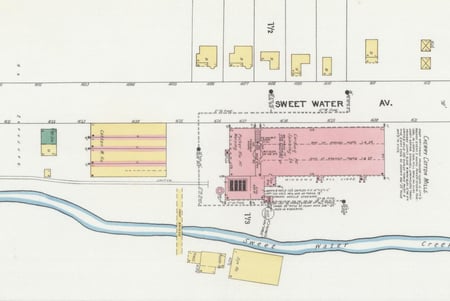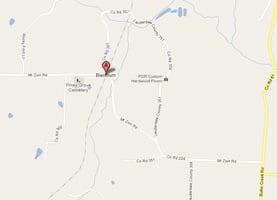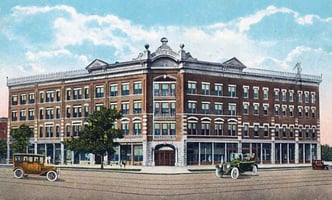The people of Blackburn (just North of St. Florian) in the northern section of Lauderdale county,...
Cherry Cotton Mill - Florence, Alabama
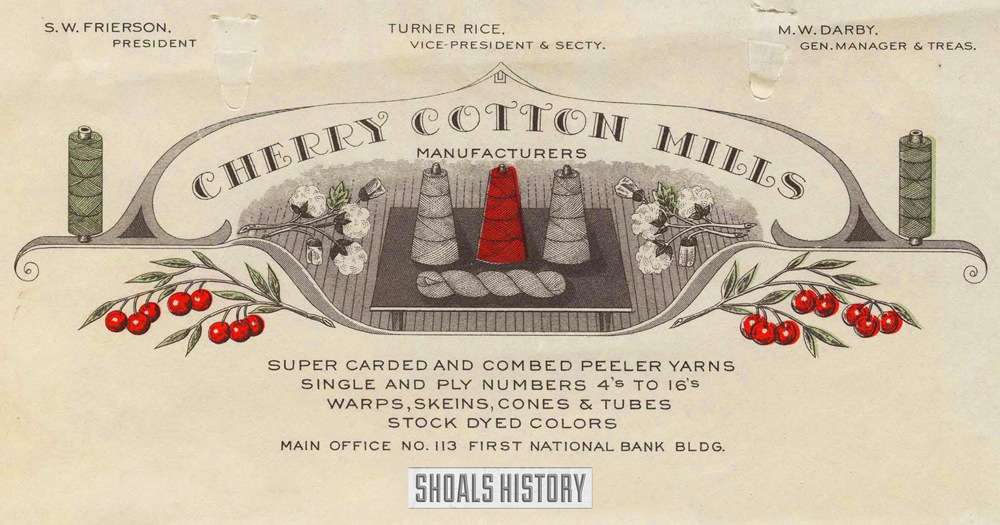
The Founding and Early Years
Throughout Lauderdale County's industrial history, the story of the Cherry Cotton Mill stands as a testament to the economic challenges faced by the textile industry in the late 19th and early 20th centuries. Founded in 1893 on Sweetwater Avenue in East Florence, Alabama, this mill played a crucial role in the region's cotton production. Led by Colonel N.F. Cherry, the Cherry Cotton Mill's journey was marked by growth, prosperity, and eventually, the crushing grip of the Great Depression.
In 1893, Cherry Cotton Mill was founded when Mountain Mills Cotton Factory relocated from Barton, Alabama in Colbert County to East Florence and reopened under the leadership of N.F. Cherry. Located on Sweetwater Avenue in East Florence, the Cherry Cotton Mill was erected at the site of an old cotton mill that dated back to 1832. Initially, the mill focused on producing high-quality yarns and various textiles, marking the beginning of its impact on the local Florence economy.
Cotton’s Boom Years & Workforce Dynamics
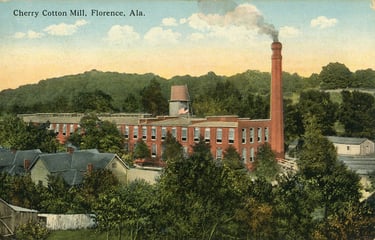 As the turn of the century arrived, Cherry Cotton Mill became a cornerstone of the local economy, employing over 400 individuals and boasting a production capacity of 12,000 spoolers. However, the wage structure reflected the stark realities of factory work at the time, with common workers earning just fifteen to seventy-five cents per day. Children as young as six years old were employed, with women and children earning the lowest of the wages.
As the turn of the century arrived, Cherry Cotton Mill became a cornerstone of the local economy, employing over 400 individuals and boasting a production capacity of 12,000 spoolers. However, the wage structure reflected the stark realities of factory work at the time, with common workers earning just fifteen to seventy-five cents per day. Children as young as six years old were employed, with women and children earning the lowest of the wages.
Cherry Cotton Mill provided worker housing in close proximity to the mill, as an attempt to foster a sense of community among its workforce. Specialized mechanics and skilled craftsmen earned the highest wages, but even still, the wage disparity underscored the prevailing conditions of the era.
Challenges of the Great Depression
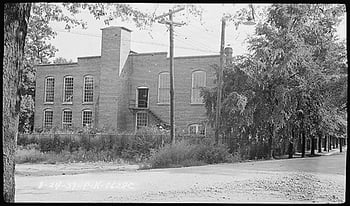 From its start in 1893 all the way through to 1929, Cherry Cotton Mill consumed a staggering total of 150,000 bales of local cotton for its production processes. Prosperous and resilient through various economic ups-and-downs, the mill continued to employ 300 workers in 1936 during the heart of the Great Depression. The total annual payroll for Cherry Cotton Mill averaged an impressive $225,000, which was a very substantial figure considering the economic downturn. That sum equates to over $5,000,000 of today's dollars when adjusted for inflation.
From its start in 1893 all the way through to 1929, Cherry Cotton Mill consumed a staggering total of 150,000 bales of local cotton for its production processes. Prosperous and resilient through various economic ups-and-downs, the mill continued to employ 300 workers in 1936 during the heart of the Great Depression. The total annual payroll for Cherry Cotton Mill averaged an impressive $225,000, which was a very substantial figure considering the economic downturn. That sum equates to over $5,000,000 of today's dollars when adjusted for inflation.
Despite being a local economic giant in Florence, the Great Depression, as with many industries across the country, proved too much for Cherry Cotton Mill to overcome. By the mid-1930s, the mill's glory days faded, and it succumbed to the economic hardships of the era. In 1939, the mill was foreclosed on and all assets sold due to their inability to pay back debts, marking the end of an era and the loss of the largest cotton mill in Florence.
From its humble beginnings in 1893 to its heyday during the early 20th century, the Cherry Cotton Mill played a pivotal role in shaping the economic landscape of the Shoals area. While the Great Depression eventually claimed this once-thriving institution, the legacy of the Cherry Cotton Mill endures as a reminder of the challenges faced by industries in a bygone era.
